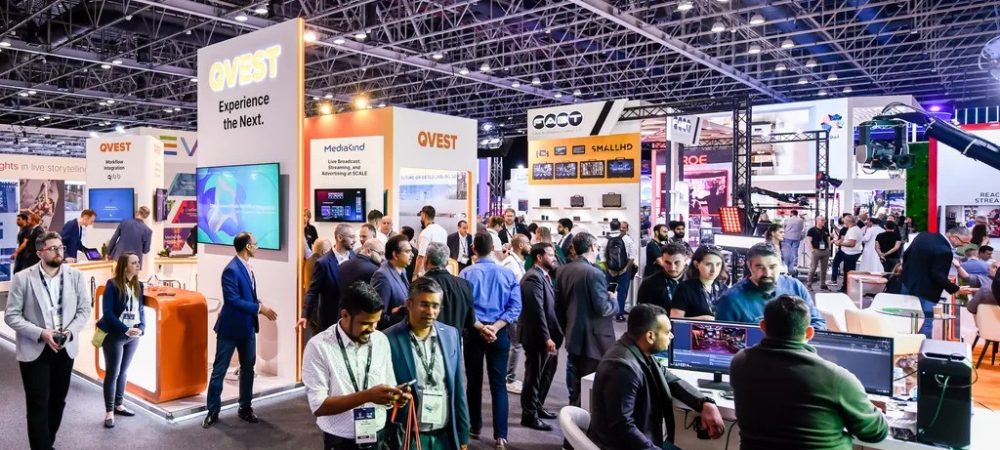Sustainable computing initiatives are top of mind for organisations across the board as they aim to discover innovative ways to reach their net zero goals. Carlo Ruiz, Senior Director, Data Centre Solutions EMEA, NVIDIA, explores the necessity of prioritising sustainable computing before it’s too late and highlights how today’s technology can propel us towards a greener future if used correctly.
Technology users always want the best. Maximum performance and battery life for mobile users, powerful infrastructure for businesses and governments and cloud services that can respond to global demands as and when they’re needed.
Sustainable computing, or green computing, is the practice of maximising energy efficiency, reducing impact on the environment with a goal to reach net zero, and delivering the most work for the least energy by optimising the design, manufacture and use of computer chips, systems and software. This concept spans the entire supply chain, from the raw materials used to make hardware to how systems are recycled.
The crunch point
Today, the world is confronted with a climate crisis.
Over the last 40 years, economic losses caused by climate-related extremes in EU member states are estimated at €560 billion, according to the European Environment Agency.
The Earth’s temperatures have risen by more than 1°C since the late 1800s and sea levels have risen by almost 20cm in the last century.
Global electricity consumption increases by approximately 3.4% every year. Data centres only account for a small percentage – around 2% – of the 26,000 terawatt-hours consumed in 2022, but that percentage could rise as high as 8% by 2030.
Climate change – whether today or in 40 years – is approaching a crunch point and it will take colossal effort from every industry to undo humanity’s impact on the Earth’s environment.
As technology advances and the energy it consumes grows, sustainable computing is crucial in our global efforts to stop the damage caused to our environment when applied to everything from the mobile phones in our pockets, to data centres on-premise or in the cloud.
Globally, energy production is the largest source of greenhouse gas emissions. Data centres represent a small fraction of total electricity use, but in a world where temperatures are rising, every contributing factor needs attention.
To reach net zero sustainability, sustainable computing initiatives must source carbon-neutral energy. Lack of control over where their power is generated is a major challenge for existing data centres with a target of carbon neutrality. By using energy supplied by the national grid, the power supplied is often in part generated from burning fossil fuels.
Powerful, energy-efficient computers and process-optimised workflows are part of the solution. They’re advancing science and our quality of life, which includes the ways we understand and respond to climate change — and doing so with minimum energy consumption.
Accountable technology
The concept of green computing hit the public spotlight in 1992. The US Environmental Protection Agency launched Energy Star, a programme focusing on identifying whether consumer electronics met energy efficiency standards.
The year 2007 saw the launch of the Green500 – a list of the top 500 supercomputers, ranked by their energy efficiency. The list quickly became a rallying point for a community that needed to make power consumption as efficient as possible, while maximising performance. The list has since seen vast improvements in energy efficiency, primarily due to the use of accelerators like GPUs.
Since then, green computing has become fundamental to IT strategy. A 2017 report found that nearly 100 government and industry programmes across 22 countries promoted sustainable information and communication technologies.
The future of green technology
Artificial Intelligence (AI) is transforming the way the world works. From operations across industries like healthcare to retail, to end-user Generative AI applications like ChatGPT or Midjourney, the democratisation and growing adoption of AI in every industry is just beginning.
Supercomputers that use GPUs and data processing units (DPUs) enable greater energy efficiency for High-Performance Computing (HPC) jobs like simulations, AI and networking tasks.
The solution isn’t just hardware. Using the right software and AI models for efficiency is paramount for reducing both cost and environmental impact. By using GPUs, more projects can be completed, faster. One of the world’s largest supercomputers, Perlmutter, saw energy efficiency gains of 9.8x for weather forecasting applications when accelerated with GPU hardware.
Gains like this mean that the 8,000+ scientists using the supercomputer can tackle bigger challenges, like molecular dynamics, material science, weather forecasting and subatomic interactions to find new green energy sources.
AI models themselves can also be optimised for efficiency. More efficient training schemas like Colossal-AI’s Gemini mechanism, or on a smaller scale in laptops, NVIDIA’s Max-Q technologies use Deep Learning to automatically direct power to a CPU, a GPU, or a GPU’s memory to increase system efficiency.
Beyond hardware and software, time to delivery or insight can be improved with AI and simulation to drive sustainability. In energy, Siemens Gamesa uses a digital twin to analyse wind turbine wakes and optimise their arrangement for power generation. In retail, PepsiCo uses computer vision to optimise its distribution centres, allowing faster processing and less waste. Mercedes-Benz uses AI for its dashboard display which considers battery capacity, weather conditions and topography into route planning and Lockheed Martin uses AI and digital twins to predict and direct resources to fighting wildfires.
Accelerating climate science research
Supercomputers can be used to combat climate change by helping us to understand critical points in the changing atmosphere and the long-term effects those changes have. Scientists have long used GPUs to model climate scenarios and predict weather patterns, and advances in AI are continually accelerating climate research.
Utility providers are embracing Machine Learning to move towards a stable and smart green power grid, and power production can be modelled with digital twins to predict maintenance and model new energy sources like fusion-reactors.
Organisations like NVIDIA are working with global organisations to accelerate climate-disaster management with its plan to build Earth-2, a digital twin of the planet, and training data scientists around the world to use AI to monitor the effects of climate change.
Today’s technology, when planned carefully and optimised properly, can help us model trends, predict change and anticipate what the future holds.
Click below to share this article







